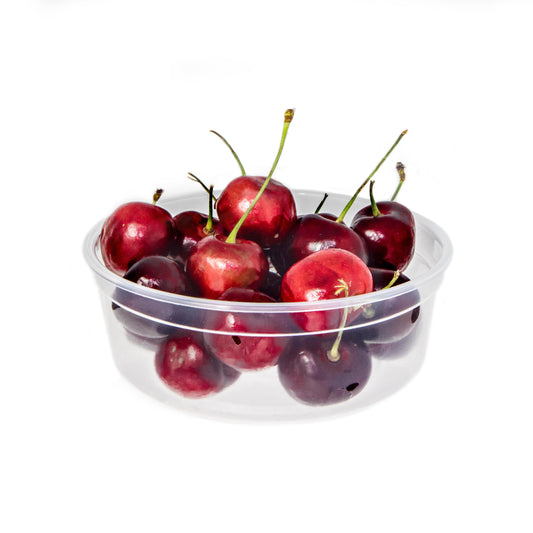Your baby does not have the same immunity as adults have, so it is very important to be extra vigilant when preparing homemade food for tiny tums!
Your food safety and hygiene standards must be especially strict when preparing baby's first foods. Don't panic though, there is no need to sterilise everything! To help you on your baby's feeding journey, we have put together our top techniques for baby food safety below.
-
Wash your hands
Always ensure you are handling food with freshly washed hands. Wash them again when moving from one activity to another. -
Wash your equipment
The same applies for utensils and boards. Wash and disinfect them after each use. This is particularly important if you are going between preparing meat and vegetables. It is better to have a separate board for meat and another for fruits and vegetables. -
Cool it properly
Freshly cooked food needs to be cooled as quickly as possible before being placed in a sealed container in your fridge. Leave any hot or partially warm food to cool for at least 30 minutes before transferring to your weaning pots from the 4-12 Month Starter Container Set. -
Freeze it safely
Food that is to be frozen should be cooled as quickly as possible at room temperature. It should then be chilled in the fridge for at least 30 minutes before being safe to freeze. We recommend cooling your food for no longer than 2 hours at room temperature before placing into the fridge. -
Have a system
When placing food in your fridge it is best to have a system in place, keeping raw meat and fish at the bottom in order to avoid cross-contamination with ready to eat food. Remember to label all containers of homemade food with the contents and the date it was prepared. -
Don't rush
Placing warm food in your fridge or freezer will raise the temperature of everything else around it, which can lead to the breeding of bacteria. Give your food time to fully cool before placing in the fridge or freezer. -
Defrost it properly
It is really important to ensure thoroughly defrosting all food before reheating it. This can be done overnight in your fridge, or in the microwave. Never defrost your food on the countertop as this can lead to a buildup of bacteria. -
Reheat it right
When reheating food, ensure that it is piping hot all the way through. You can then allow to cool before serving to your baby if necessary.
At Mummy Cooks, we aim to provide you with all the recipes, advice and product solutions to have a successful journey introducing solid food.
Each of our healthy homemade recipes have information on portion sizes and textures for your weaning baby, along with how to safely store and freeze your food.
Happy Weaning!



















